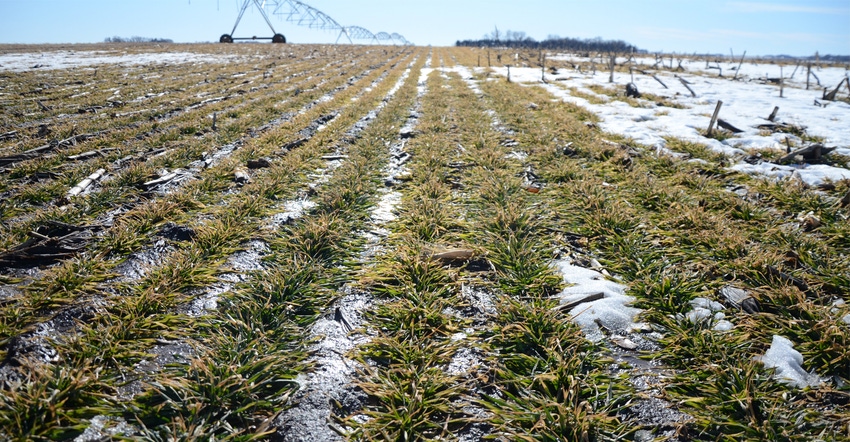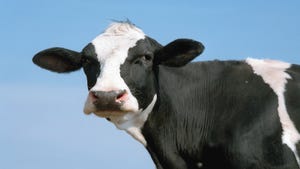
For many wheat growers, it's easier to apply nitrogen in fall — when there isn't as much of a rush to prepare for planting other crops — than to make a top-dress application in spring. But there are advantages to split applying nitrogen on wheat, and moving forward, more intensive nitrogen management will be tantamount to meeting the rising quality standards set by millers and bakers.
"When I started in this position 13 years ago, only about one-third of the grain elevators in the state would test every load of wheat for protein," says Royce Schaneman, executive director of the Nebraska Wheat Board. "We've seen mills and bakeries requesting higher protein, which in some ways means stronger gluten, depending on the types of products they're making — especially for loaf breads, you've got to have strong gluten to help that loaf stand up. Over time, I would say today, approximately two-thirds or more elevators test every load of wheat that comes in for protein content."
"It seems that regardless of supply and demand effects on the market, Nebraska elevators have no problems selling higher protein wheat." Schaneman adds. "A glut of lower protein, lower quality wheat is what causes elevators trouble finding a buyer. Quality wheat always sells."
Kansas State University research suggests with wheat protein levels lower than 11.5%, not only are growers facing reduced profit in the form of a discount at the elevator, but they're also shorting themselves on yield. The question is whether pushing fertility higher will generate a return, which likely will be in the form of a premium, notes Cody Creech, Nebraska Extension dryland cropping systems specialist. With that in mind, applying part of the crop's nitrogen requirement in fall and top-dressing in spring offers a few advantages over applying all the crop's nitrogen in fall.
"My preference is to wait until we see what kind of stand we have after winter,” Creech says. “Obviously, there's a chance for winterkill, so we like to see how that wheat comes out of winter time. That is when they really need to make a decision on what their yield goal is. In spring, based on the moisture that's available in the soil from winter, current wheat prices and historic wheat yields, they can fertilize to meet that yield goal. If you put it all on in the fall and have winterkill, you've got all that nitrogen out there that's not going to be used."
For top-dress applications, the two most commonly used sources are dry urea or UAN products.
"UAN is nice, because it has a much lower volatility, so you're going to lose less nitrogen if you're waiting on moisture,” Creech says. “If you put dry urea on the ground and don't get enough moisture, you're going to lose a good part of it. Urea is a good choice if you're applying earlier in the year when you have cooler temperatures and there's a higher chance of precipitation. If it's later, and you're looking at a dry spring, UAN may be the better option."
Creech adds it's best to make top-dress applications around Feekes 3 and 4.
"It absolutely has to be available to the wheat plant before it reaches Feekes 5. That's when it determines head size and everything else," he says. "If you apply a dry urea at Feekes 4 and it doesn’t get any rain, it isn't going to be plant available in time. We like to get it on around Feekes 3 and 4, and hopefully you get some rain and it becomes plant available."
To learn more, contact Creech at [email protected], or see NebGuide EC 143, Fertilizing Winter Wheat.
About the Author(s)
You May Also Like






